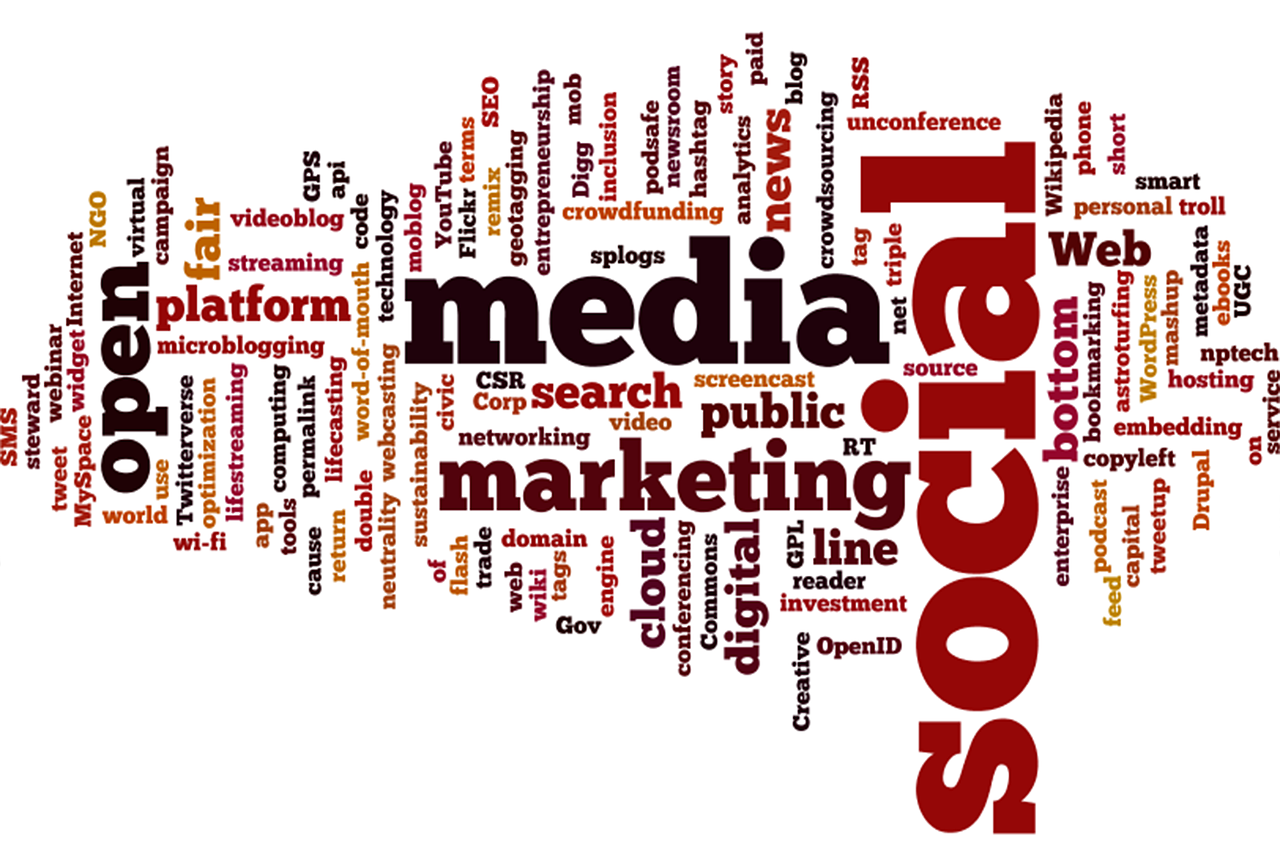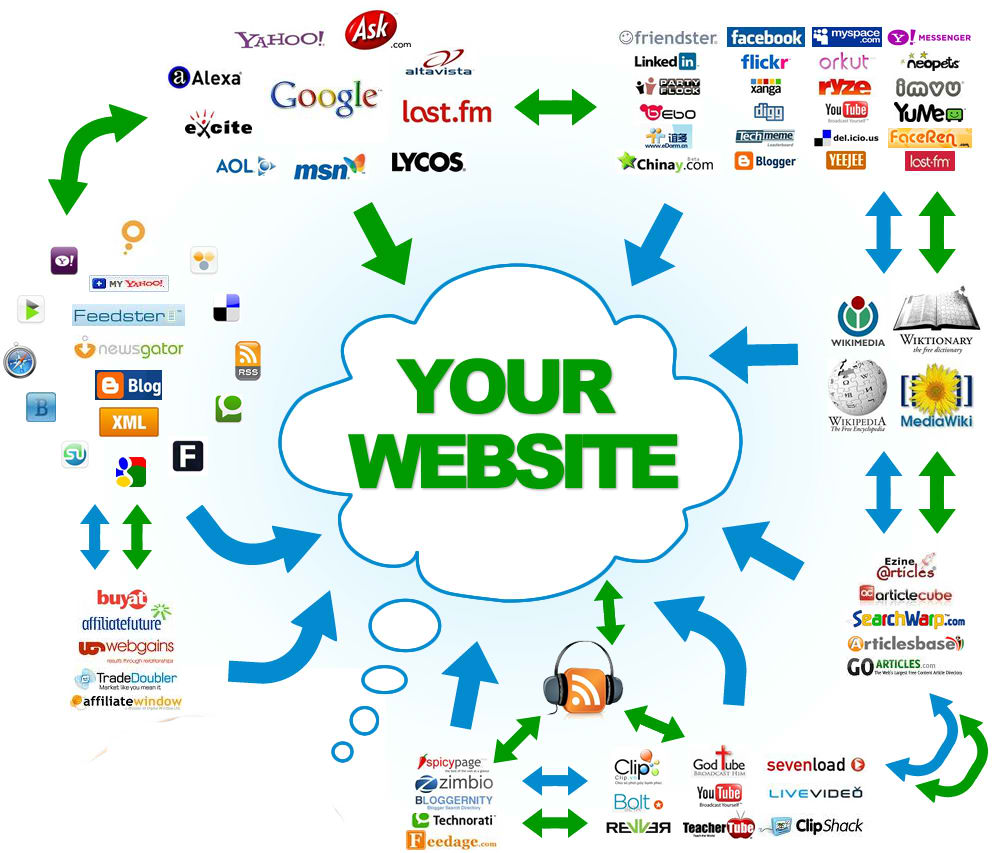The Power of Emotional Marketing
When confronted with purchasing decisions, consumers often use their emotional and rational brands. Logic is applied when trying to seek justifications for the money to spend, particularly, when the spending is merely on what one wants and not on what one needs.
An article from Psychology Today titled How Emotions Influence What We Buy reveals people’s shopping practices.
- fMRI Neuro-imagery demonstrates that customers mainly use emotion, including personal emotions and experiences, instead of data, such as brand personality and objective facts, when assessing brands.
- Marketing research indicates that emotional reactions to an ad affect a consumer's decision to purchase an ad.
- The Marketing Research Foundation states that likability is the easiest metric to predict whether an ad will boost the revenues of a brand.
- Positive emotions in relation to the brand have much larger impact than confidence and other decisions on customer loyalty.
- Emotions are among the myriads of reasons why we are using generic goods to develop brand names–large companies are pumping a constant flow of marketing dollars into marketing projects.
The results of using emotions in marketing are meaningful. They are indeed common sense and play a role for marketers for years. But how can companies use emotions to communicate with their customers? Here’s how!
Positive Emotions Means Long-Term Return on Investment
Emotions are the main forces behind our daily choices. It is what motivates us to get to operate at 6 a.m. This is how we are persuaded that this additional mile is on the daily grind. Likewise, emotions persuade us to deal with the brands that are outstanding.
The issue is that the range of marketers is totally distinct. What usually makes marketers happy are high conversion rates, clicks, time on site, and page views.
The marketers must remember that optimization of conversion is a method rather than a time. It's the entire marketing funnel and not just the five minutes it requires to register or sell a contract to the clients. Long-term relationships need to be given priority over revenues.
Engaging the Senses
The core of online marketing is visual communication. However, this does not imply your business is confined to two-dimensional communication. One method to make use of the emotions is to attract the curiosity of your audience. Help them to create an understanding of the brands of your company. Talk to your clients via a branded explainer video or a webinar. You don't have to make anything costly or too complex.
Brand Personality
A personality is generally something we provide to our friends, families, associates and coworkers. These personalities are the distinguishing features of a person.
How one interprets the personality of another person solely depends on the perception of the interpreter. People love or dislike others because of their personalities. While some personalities are pleasing, other personalities are terribly obnoxious. Brands, too, have a personality.
What Is A Brand Personality?
A brand personality is the collection of personality that offers a distinctive personality to an organisation. Some brands have unbelievably powerful and distinctive personalities. Others have stronger personalities (or no personality). These personalities usually turn around a number of different personalities. Great personalities don’t occur accidentally. They are planned ahead.
Where Do Brand Personalities Come From?
The personality of a brand will depend on how the leader wants it to be. It can be professional, serious, fun-loving, or a mixture of these traits.
The significant thing is that it is defined in advance by the business. It is not just some few executives in the organisation who must catch the full cycle. That is because, eventually, the thoughtfully constructed personality will be brought into practice by your group employees—at ground levels. These people will develop new product features, customer service offerings, and business development strategies on this extremely significant identity.
Who Is Responsible For Your Company’s Brand Identity?
Everyone is responsible for the brand identity of the company. Your personality should cover everything from marketing copies to social networks, client emails and details of your brands in every area of your company. You should be prepared to identify and embody each individual in your team, including the corporate directors, middle managers, and group members at the entry stage.
The brand identity of your company is in many respects your crew employees. When you build your team and form strategic alliances, you need to employ those who embody and attract the key principles of your brand. Your team will have an easier time when you commit to a mutual and concentrated collection of principles.
Elements that go hand in hand are culture, marketing and layout. A definite approach from the top-down must be described if these disparate company objectives are to converge.
How Do You Define Your Company’s Brand Identity?
A brand identity is not something that transpires easily. The method is carefully planned and examined. You must employ a team, and you may have to employ an advisor if you have the funding. This key company asset unifies your brand, marketing, layout and interaction with customers.
Here are step-by-step rules for starting:
- Gather a large set of keywords that embody the image of your brand. Encourage your team members to take part in this process.
- Come up with a large roster of keywords describing how you want your brand to be perceived. Encourage your team members to participate. Create a comparison of the two lists you have come up with and analyze the differences between who you are today and who you want to become in the future.
- Reduce the keywords to two to three key phrases. This step is an excruciating one; however, it is not possible to depend on lots of words to describe your brand. Ultimately, it is the people that will process the information you provide. When people feel overwhelmed by the information, they will not be interested in it anymore, and you will end up wasting a bunch of your time.
- Build architectures of messages. This is an array of communication objectives that explain the highest impact personality of your brand. These personality and conditions represent a more comprehensive debate of concrete, mutual terminology. No strategy to making your brand notification architecture is provided by a cookie cutter. Choose a strategy that meets the objectives of your company. Just ensure that the identity of your brand is communicated and organized.
- Develop a style guide. In this document, all of your thoughts will be translated into a specific collection of guidelines for your marketing team. This document unifies the brand message of your company. The less information to filter through, the better your team will be able to concentrate on developing a cohesive marketing approach.
Avoiding Cheesiness
Emotions can readily change from effective to cheesy. At one time, your brand does an excellent job establishing rapport. The next time, audiences are already making fun of the over-the-top marketing message your company has created.
How can you prevent it?
- Accept the honesty embedded in your organization. Ensure that your team delivers honest and direct perspectives.
- Gather feedback from a wide range of viewers. Ask everyone in the organization to share their ideas.
- Face test the marketing message through trusted customers. Ask the group to provide honest feedback.
- Take into account the audiences’ needs. Cheesy marketing messages appeal to baby boomers.
Developing Viral Campaigns
Some companies make it so easy to create viral marketing. For instance, Dollar Shave Club utilizes a funny marketing video to develop a customer base overnight.
The point is that viral marketing initiatives are more formal than they appear to be. Although achievement is not assured, companies can improve their likelihood of succeeding by hitting their clients’ emotional chord.
Kelsey Libert and Kristin Tynski illustrate in a Harvard Business Review paper how marketing professionals can improve the chances of a viral promotion:
- Encourage people to share and care. Send a strong signal to them–without attempting to promote your brand. High marketing can lead to the loss of spectators. They are going to ignore spammy material and loose concern immediately. Do not try to manipulate the emotions of your audience. Respect them and do your best to understand their needs.
- Know the emotions that make viral content successful. Patterns are the key component of mankind. Hence, Libert and Tynski performed a survey from imgur.com on 30 of the top 100 pictures of the year (as selected on Reddit). In viral content, negative emotions were less common than favorable emotions. But viral performance was still good when those adverse emotions were anticipated and surprised. Some emotions were prevalent (and some unusual) in viral material. Included in the common emotions are curiosity, surprise, interest, confusion, and awe.
- Create your brand without being salesy. The main thing is to consider how your business, goods, and facilities are connected to your target audience. Make sure you pick a subject that highlights your brand's position.
- Focus on what is good for the majority. Concentrate on adding value to the world rather than just your brand.
The Unspoken Power of Delight
Delight is a stronger power than any marketing signal. Some leaders consider delight as some sort of fluffiness. However, the reality is, it is not. It links directly to the bottom line of the company. Delight impacts sales. Therefore, it is essential to grow the business by developing delightful brand experiences.
Delight is not an overnight thing. It is meticulously created into your business’ functional areas such as product, aesthetics, marketing, and client services or account management. Delight can bring about emotions including humor, inspiration, admiration, awe, and surprise.
Here are some ways to generate a delightful brand atmosphere:
- Assess the pain points of your clients. Consider their behavior offline and online, investigate what they need, and compile the touch points that demonstrate their distinctive routes of conversion. Talk straight to them and create brand personas around the responses.
- Set your brand. Take the study in step 1 and convert the data into a specific collection of things. Refine what you discovered about your business in one or two sentences.
- Start brainstorming to provide the necessary brand knowledge. Branding should be measured at macro-level by your firm. Focus on the overall developments in your consumer data:
- For repeat customers, ask yourself, how many of your customers keep coming back to repeat business with the company?
- Word of Mouth Recommendations: Social media shares can assist you quantify this significant concept. The connection is not ideal 1:1, but shares are a powerful substitute for the number of individuals involved — and eventually recommend your brand.
- Average order values: Take into account how much is spent on every transaction. A good indication would be seeing growth over time.
- Lifetime client value: Are you growing the value your business generates in your marketing projects in the long term?
- Market Share: How do you match your brand with its leading rivals? Are clients clinging to your business or jumping to other companies?
Delight is something you can create in conjunction with the personality of your brand. Delight is the client-focused item and the brand-centered element is personality.
Staying Ethical
There is a great divide between clients being courted and manipulated. Remember that we can become susceptible through emotions. We are still very complicated, no matter how powerful we believe we are. Brands continually follow the path in responding to emotions. Treating your clients with the utmost regard is highly essential.
Fear is a strong but seriously damaging emotion. Fear is suitable in some cases. In particular, companies / brands / nonprofits are required to create emotions in relation to crucial health issues.
The primary aspect which affects whether an individual will be effective is the perception that an individual can or cannot do something about the risk. Effectiveness is a fundamental factor.
Marketers and company managers can literally create a fear that would lead customers to make a purchase. Is it ethical? - Probably not if you use fear tactics. If you communicate a truthful thing (and perhaps save your clients from a large issue), then fear is alright.
The main thing is to pass a quality test on your brand. Is it incorporating or extracting importance from your marketing post? You likely need to modify your strategy if you extract value.
Build Emotions into Your Brand Community
Social media is an excellent tool to promote clients to think and feel about themselves— particularly your business. This dialogue, you're going to encourage word of mouth marketing around your brand, is essential to maintain. However, when clients are upset about an adverse encounter, a prospective problem occurs.
Many businesses will slip into a personal forum to delete adverse remarks or transfer client communication. Avoid this! Instead, use the chance to demonstrate that there is an actual individual behind your brand if an issue occurs.
Excuse yourself, improve the environment and try to give a friendly alternative. Don't be afraid of speaking to your clients on the forum with a request or adverse review. Be genuine instead and demonstrate that you matter.
Respond to emotions and remain calm—even though the discussion is deep. Own your mistakes. If everything else does not work, indicate that you are concerned.
Key Takeaways
- Consumers purchase what they feel— not simply what they think.
- Marketing emotions are important. Marketers and entrepreneurs must ensure that they are human-to-human in contact with the audience.
- Emotions are hard to measure. Die hard finance staff will be skeptical about your marketing efforts.
- A business should hold the time to develop its brand personality from bottom to bottom. Style instructions and templates can assist your organisation develop a unified workflow for all the marketing stations of your company.
- Remember also that your brand is defined in your company's culture. Your coaches are the individuals who implement your brand approach on the surface— from client interaction to marketing and personal media in every part of your company. Make sure you hire the right individuals who reflect the key features and principles of your company.
- By considering macro-level ROIs such as long-term customer value, average order value, corporate market share and social media information, you can measure delight, brand loyalty and customer happiness.
- We are susceptible to emotions. Consider the reality that your activities as a brand have extremely social implications.
- Social media is a forum to communicate what your clients think and feel. Feel no stress to squash what your clients say. Do not enjoy the stress. Take a look at fixing the issue, discuss the matter publicly and connect very humanely to your audience.





